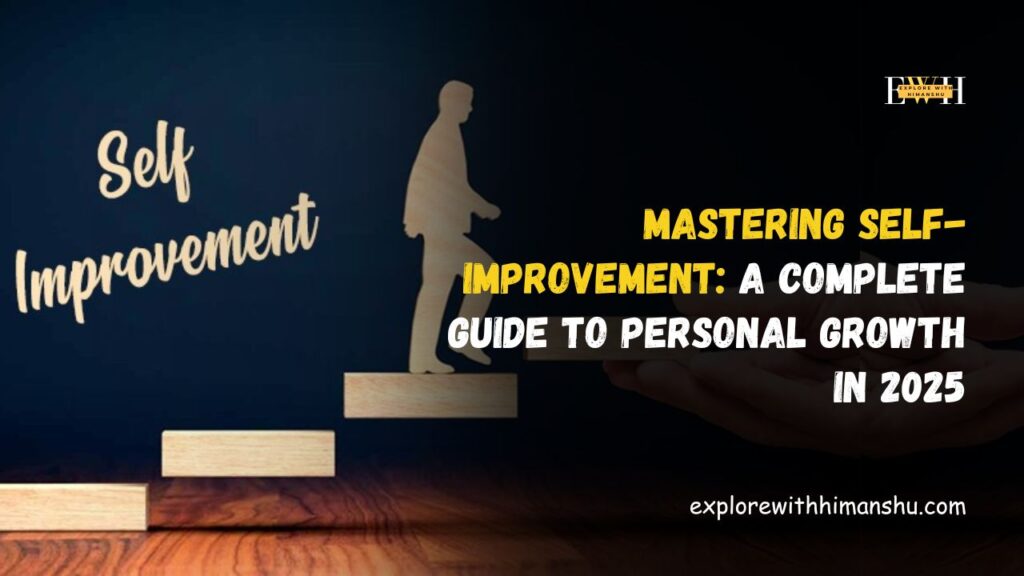The way we work has changed, and it’s likely to stay that way. What started as a temporary shift to remote work during the pandemic has now become a permanent feature for many businesses. People are working from home more than ever, and for some, it’s a big part of their long-term work routine.
But with this shift comes a new challenge: the hybrid work model. It combines the flexibility of remote work with the collaborative, in-person energy of the office. While hybrid work brings a lot of benefits, it can also feel like a tricky balancing act. How do you stay productive? How do you manage your work-life balance? And how do you maintain connections with colleagues when you’re not always in the same space?
Here are some tips on how to thrive in a hybrid work environment, whether you’re working from home, at the office, or splitting your time between the two.

1. Set Clear Boundaries Between Work and Life
One of the toughest parts of working from home is the blurred lines between personal life and work life. Without a clear separation, it’s easy to start working longer hours or struggle to turn off once the day is done. You might find yourself checking emails late at night or answering messages when you’re supposed to be relaxing.
To avoid this, it’s important to set boundaries. Start by sticking to specific working hours—whatever works best for you. Whether it’s a traditional 9-to-5 or something more flexible, create a schedule that makes sense and try to stick to it. Also, make it clear with your team when you’re available and when you’re off the clock.
It’s also helpful to set boundaries in your physical space. If you’re working from home, having a designated area where you only do work can help you separate your professional and personal life. The more you can define your work time and your personal time, the easier it will be to find balance.
2. Create a Comfortable, Productive Home Office
When working remotely, your environment plays a huge role in how productive and comfortable you feel. Without an office to go to, it’s easy to get distracted by household chores, kids, or the lure of the couch. The key is to set up a dedicated workspace that’s just for work.
This doesn’t mean you need a whole room, but having a corner of your home that’s reserved for work can really help. Make sure it’s comfortable and free of distractions. Invest in a good chair and desk, and ensure your workspace has proper lighting. If you’re spending hours each day in front of a computer, these small changes can make a big difference in your comfort and productivity.
It’s also a good idea to make sure your tech is up to the task. A fast internet connection, a second monitor if needed, and any other tools you rely on will help keep things running smoothly.
3. Maintain a Healthy Work-Life Balance
One of the main draws of remote work is the flexibility it offers. But that same flexibility can sometimes backfire. It’s easy to keep working when you should be winding down, and without a commute to separate your workday from your personal life, the lines can get blurry.
To prevent burnout, make time for yourself. Set clear boundaries around your working hours, but also remember to take regular breaks throughout the day. Step away from your desk, go for a walk, or do something physical to clear your mind.
It’s also important to schedule personal time just as you would work meetings. Block off time for hobbies, exercise, or just relaxing. Keeping that balance is key to staying productive and feeling fulfilled.

4. Communicate Effectively with Your Team
In a hybrid work environment, communication is everything. Without face-to-face interaction, it’s easy to miss out on important information or feel disconnected from your team. That’s why it’s crucial to use the right communication tools and make an effort to stay in touch.
Make use of messaging apps like Slack or Microsoft Teams for quick updates and check-ins. For more in-depth discussions, video calls are a great way to have face-to-face conversations, even if you’re miles apart. And don’t forget about email—sometimes, a well-written message is the best way to get your point across.
It’s also important to check in regularly with your coworkers, even for casual conversations. Virtual happy hours, coffee breaks, or just a quick chat can go a long way in keeping relationships strong and preventing feelings of isolation.
5. Master Time Management
When you’re working remotely, staying on track can be a challenge. The temptation to procrastinate can be strong, and without a boss looking over your shoulder, it can be easy to lose focus.
To stay on top of things, time management is crucial. Start each day with a plan. Set clear goals for what you need to accomplish and break your tasks into manageable chunks. Using a to-do list or time-blocking technique can help you stay organized and focused.
It’s also important to set realistic expectations for yourself. Don’t try to overdo it. Breaks and downtime are essential for maintaining productivity, so make sure you’re scheduling time for them, too.
6. Embrace Flexibility
One of the biggest advantages of hybrid work is the flexibility it offers. Whether you’re working from home or in the office, having the ability to adjust your schedule and work environment can make life a lot easier. On days when you need to focus without distractions, working from home might be the best choice. But if you’re feeling isolated or need face-to-face collaboration, heading into the office could be the answer.
The key is to stay flexible and adapt to what you need at any given time. If you’re having trouble with something at home—like a noisy neighbor or a lack of space—switching up your location could make a big difference. Flexibility allows you to choose the environment that helps you work most effectively.

7. Prioritize Mental Health
Last but certainly not least, it’s important to focus on your mental health. The stress of juggling home and work life, combined with the isolation that can come with remote work, can take a toll. Without regular face-to-face interactions, it’s easy to feel disconnected or overwhelmed.
To protect your mental well-being, take time for self-care. Whether it’s a morning meditation, an afternoon walk, or simply getting enough sleep, make sure you’re doing things that keep you balanced. It’s also essential to reach out when you need support. Talking to friends, family, or even a therapist can help you manage the stresses of hybrid work.
Conclusion
The rise of remote and hybrid work has opened up new possibilities for both workers and employers. With greater flexibility and autonomy, many people find themselves more productive and fulfilled. But the hybrid work model also comes with its own set of challenges—especially when it comes to staying focused, maintaining relationships, and keeping a healthy work-life balance.
By setting clear boundaries, creating a comfortable workspace, staying organized, and prioritizing your mental health, you can make the most of the hybrid work environment. At the end of the day, success in this new work world is all about finding a balance that works for you, your team, and your goals.


